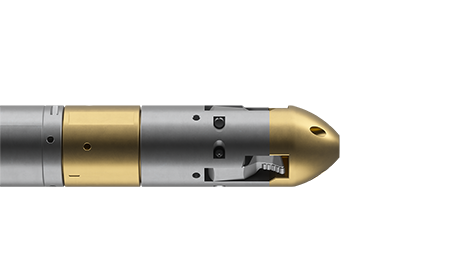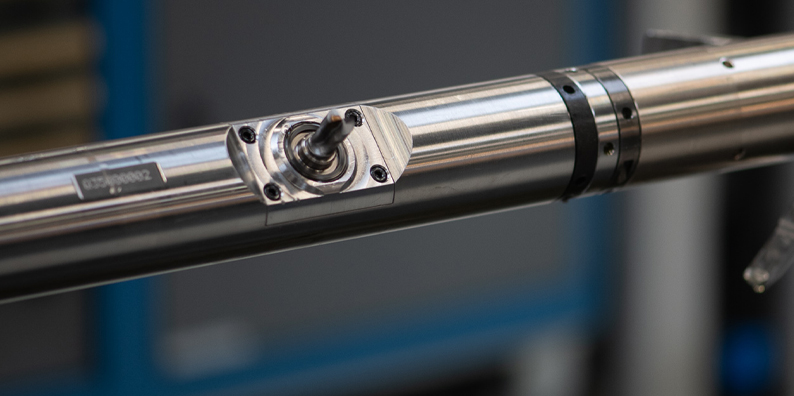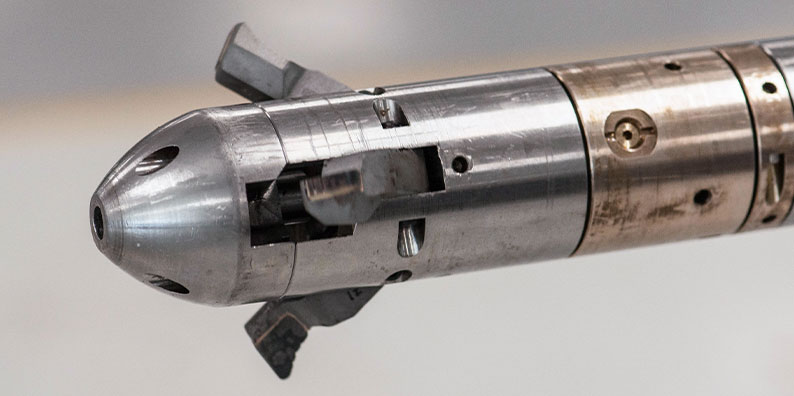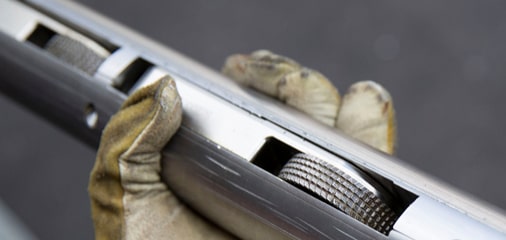Well Cutter® provides 75 percent cost redution
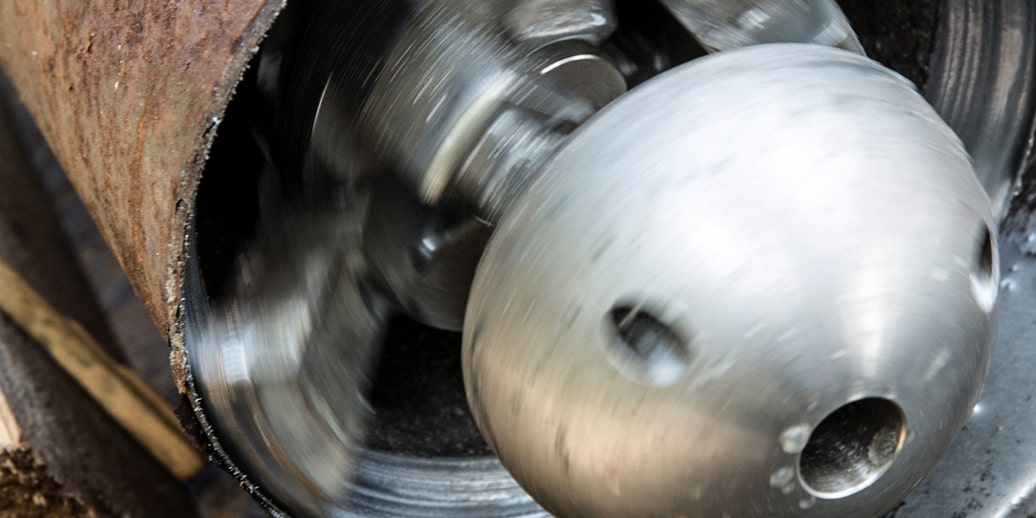
- Well type Oil producer
- Max. deviation 20°
- Max. depth 6.591 ft MD (cutting depth)
- Max. temperature 176°F (80°C)
Background
The Well Cutter recently brought another demonstration of its value by saving rig time during a unique application, offshore Norway. During P&A preparations the operator discovered a large build-up of BaSO4 that, in some parts of the well, restricted the ID of the 7” tubing to 5,45” according to the multi-finger caliper log. The operator wanted to cut the casing but needed to break through the scale in order to reach it. Welltec® proved to them that these traditionally separate operations could in fact be performed in the same run, which would increase efficiency tremendously.
As a contingency solution Welltec also mobilized a tubing puncher and a string shot. In case the Well Cutter could not get through the scale, plan B would be available to prevent delay of the operations. First though, the Well Cutter would get the chance to penetrate the hard scale and then perform the tubing cut – all in the same trip downhole.
Operation
The scale deposits increased in thickness across the depths from 5.905 – 7.717 ft (1.800-2.352m), but at 6.565 ft (2.000m) the caliper log revealed a homogeneous scale build-up with a consistent ID of 5,5”.
The 7” Well Cutter was run in hole to 6.717 ft (2.047m) depth before correlating and positioning the tool at 6.565 ft (2.001m). The well was then pressured up slightly (<500 psi) and the cut performed flawlessly or as the operator said: “A cut worthy of a king!” total time to cut the tubing was three hours, which included getting through the scale.
Achievements
This was the first time the Well Cutter was intentionally used to cut through scale and clearly demonstrates the capability for the Well Cutter to accomplish its job in this environment.
The achievements also include a string of benefits to operators worldwide. Obviously, time is optimized by eliminating one (or more) run plus the associated mobilization and rigging up of scale milling equipment, which is especially valuable for offshore operations. In total, the operator saved approximately 75% of the costs by performing the entire operation on e-line compared to a rig-based operation.
